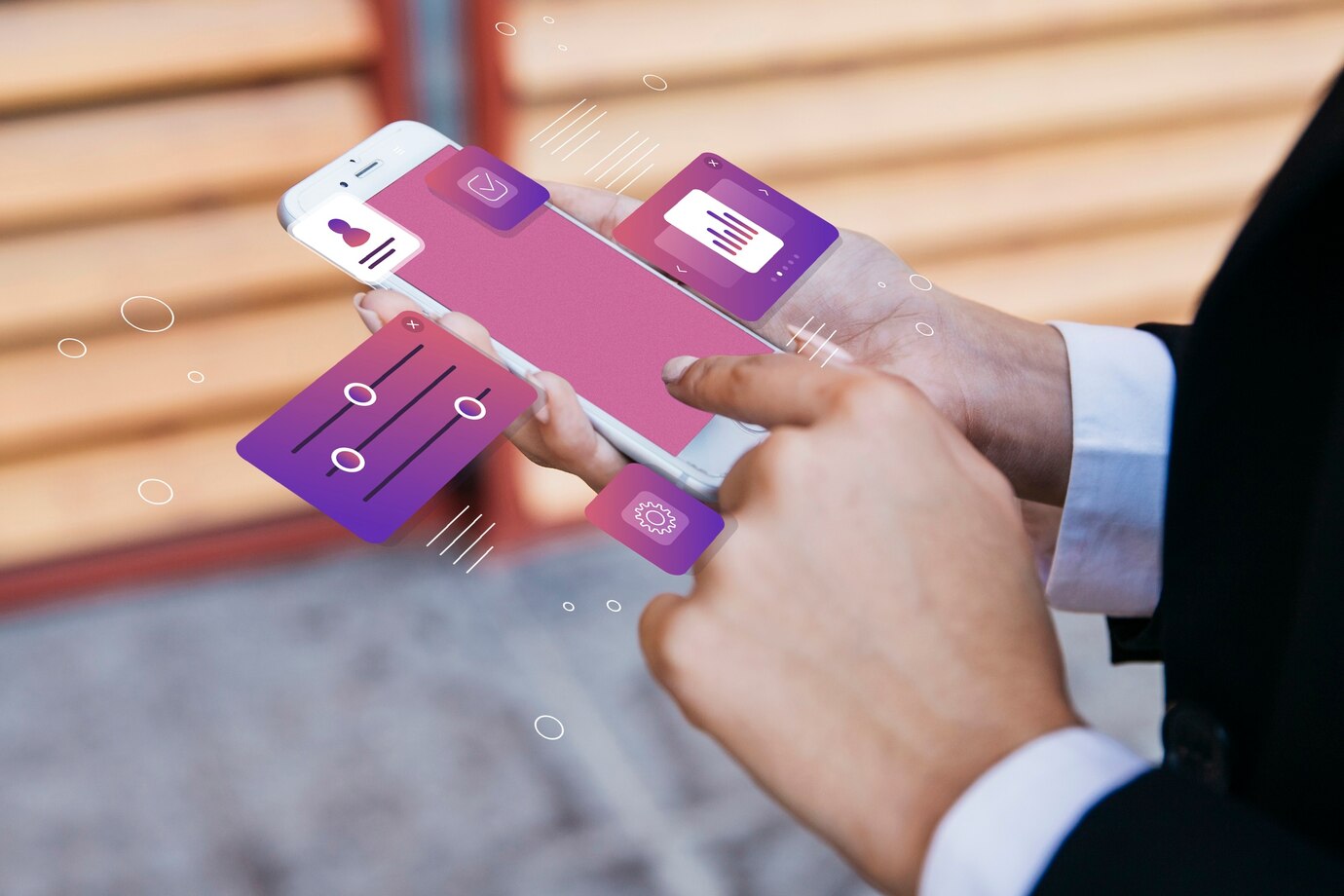Each year, the number of fraud cases involving bank cards increases, including through skimming and shimming. These methods allow criminals to steal card data without the owners' knowledge, leading to unauthorized transactions and financial losses. It's important to understand how fraudsters operate and how you can protect your data.
What is skimming?
Skimming is the process of obtaining information from a bank card's magnetic stripe. To do this, criminals use devices called skimmers, which are installed on ATMs or terminals to read card data. These devices can be almost invisible, and detecting them requires attention from users.
How skimming works
- Installing a skimmer: Criminals install a skimmer on an ATM or terminal. The skimmer is usually hidden and indistinguishable from normal equipment.
- Reading data: When the card owner inserts it into the terminal, the skimmer reads the card number, expiration date, cardholder name, and other data recorded on the magnetic stripe.
- Recording the PIN: To obtain the PIN, criminals may use additional devices such as miniature cameras or keypads to record the numeric combination entered by the cardholder.
What is shimming?
Unlike skimming, shimming uses RFID (radio frequency identification) technology to obtain data from cards equipped with chips. These cards are usually used for contactless payments. Criminals using shimmers can read information from a distance, making this method particularly dangerous.
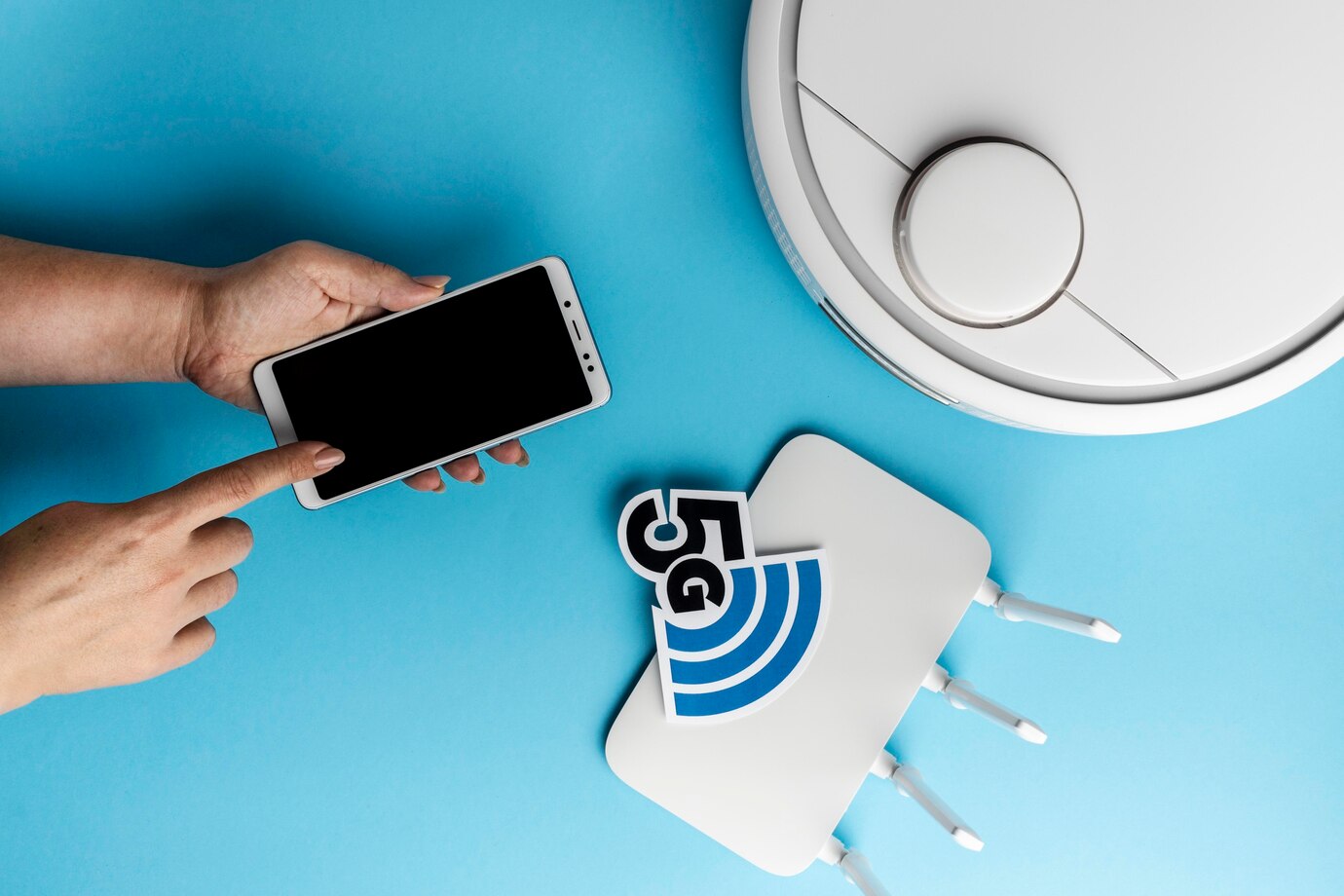
How shimming works
- Using RFID: Shimmers work with cards equipped with RFID chips. These cards use radio waves to transmit data.
- Remote reading: Criminals can read data from cards at a distance of several meters. This gives them the ability to work with cards even without physical contact.
- Information theft: Using shimmers, criminals can collect the data needed to create fake cards and carry out financial transactions.
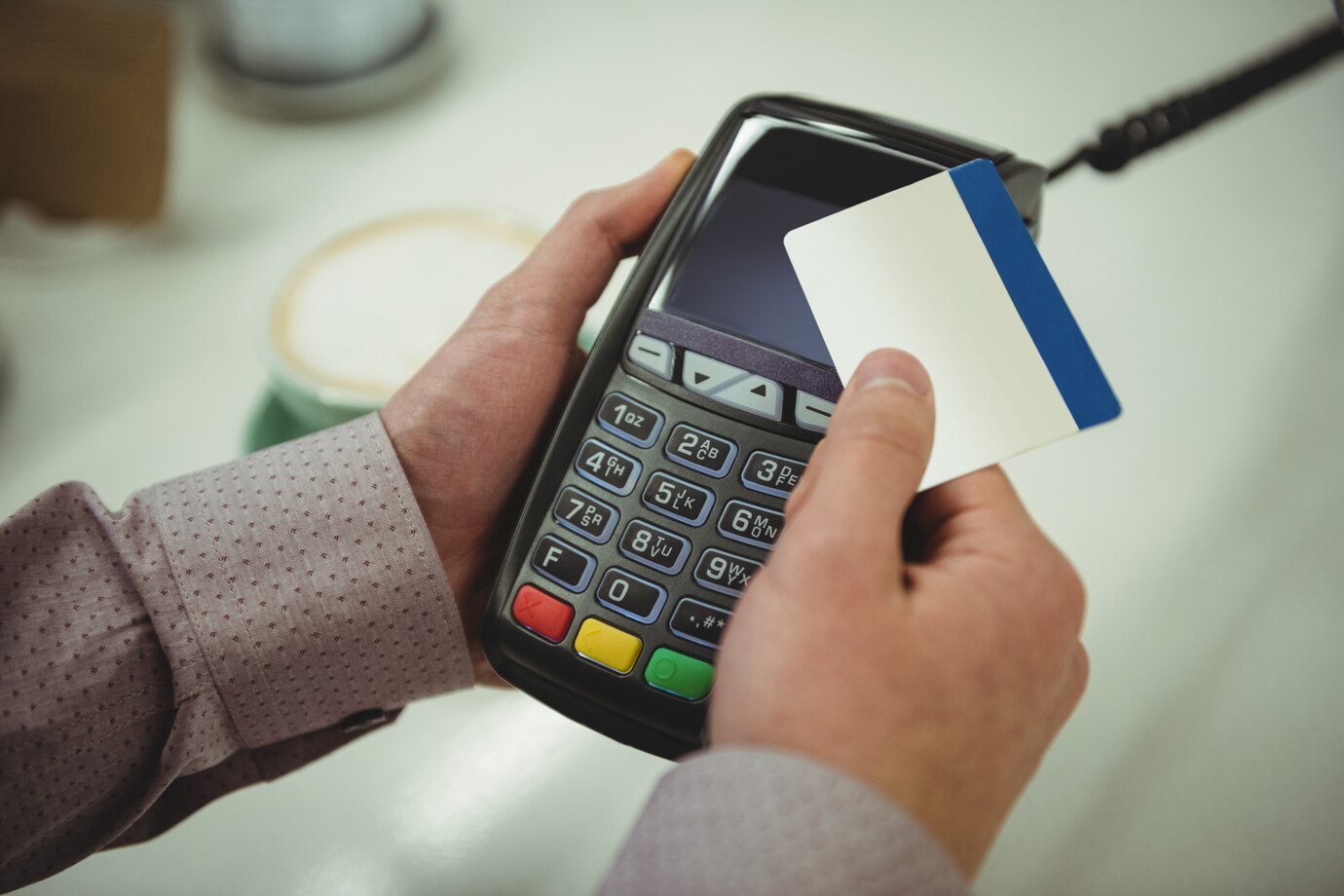
How to protect your bank cards from skimming and shimming?
Protecting bank cards from fraud requires attention and adherence to a few simple rules. Despite the high level of danger these schemes pose, there are methods that can significantly reduce risks.
1. Use chip cards
Chip cards are harder to clone than cards with magnetic stripes. The chip generates unique codes for each transaction, making their use safer. To enhance security, it is also recommended to use a PIN to confirm the transaction.
2. Protect against RFID theft
To protect against shimming, you can use special sleeves or covers that block radio waves and prevent criminals from reading card data. These sleeves are available in accessory stores and are an effective way to prevent remote fraud.
3. Inspect ATMs and terminals
Before using an ATM or terminal, it is important to carefully inspect the device for any suspicious added parts. Skimmers may look like ordinary ATM elements, such as keys or a screen. If the device looks unstable or too new, it is better to refrain from using it.
4. Monitor transactions
Regularly checking account statements and transaction notifications allows you to promptly detect unauthorized withdrawals. Many banks offer mobile apps that notify cardholders of each transaction.
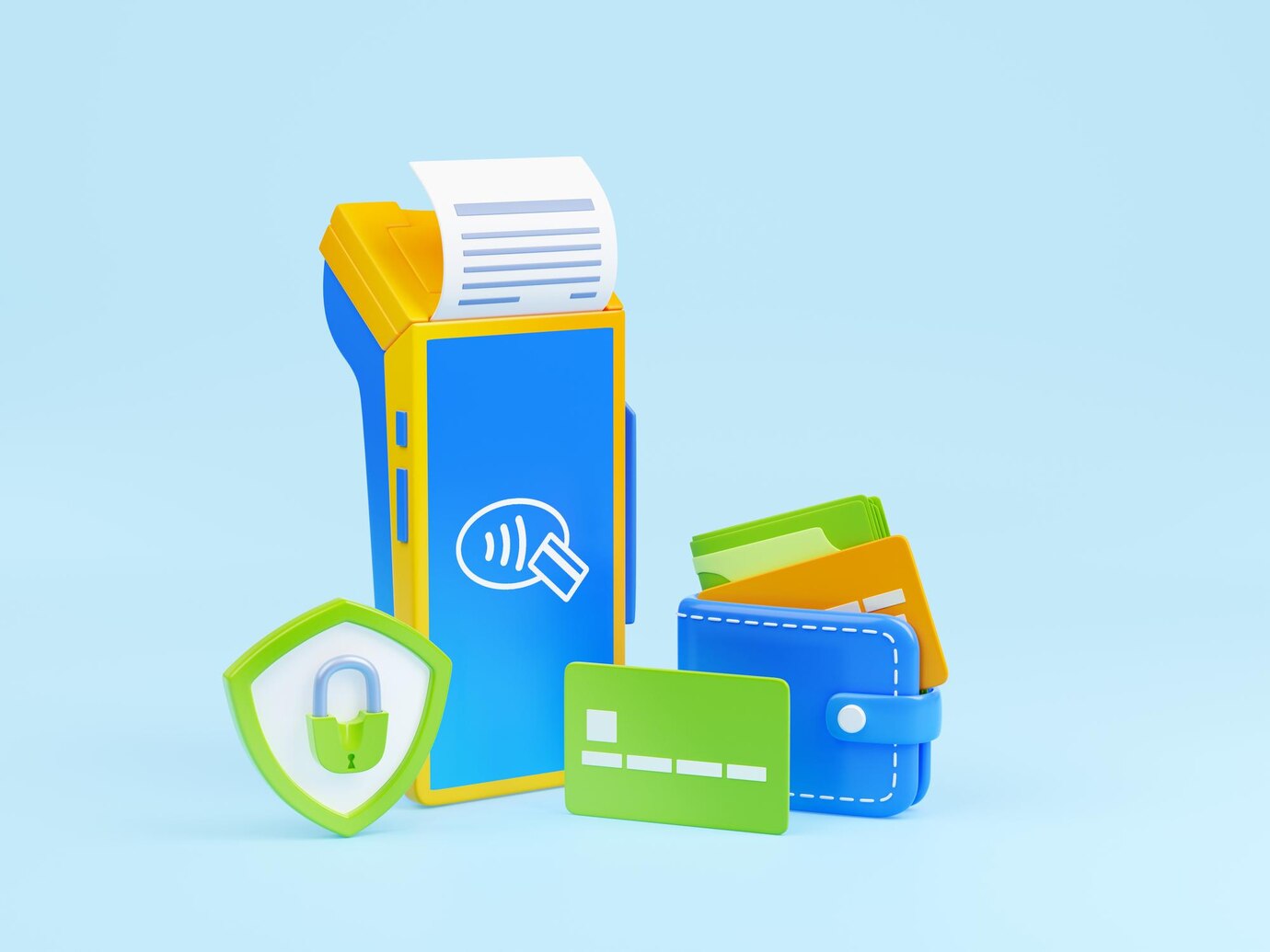
What to do if card data is stolen?
If it becomes known that bank card data has been stolen, it is necessary to take immediate action to minimize damage.
- Contact the bank: The first step is to block the card. Modern banks offer the option to block via mobile apps.
- Contact the police: Bank card fraud is a criminal offense. Filing a report with the police will help document the crime.
- Get a new card: The bank may offer a new card with different details, providing additional security.
Protection recommendations
- Use anti-skimming devices: Modern ATMs and terminals may be equipped with anti-skimming technologies that prevent skimmers from being installed. Such devices can be found on most major ATMs.
- Be vigilant: Always cover the PIN entry to avoid its theft and never give your card information to strangers.
Summary recommendations for card protection
- Use chip cards and a PIN.
- Purchase RFID-blocking card sleeves.
- Regularly check statements and transaction history.
- Inspect ATMs and terminals before use.
- Do not disclose card information to third parties.
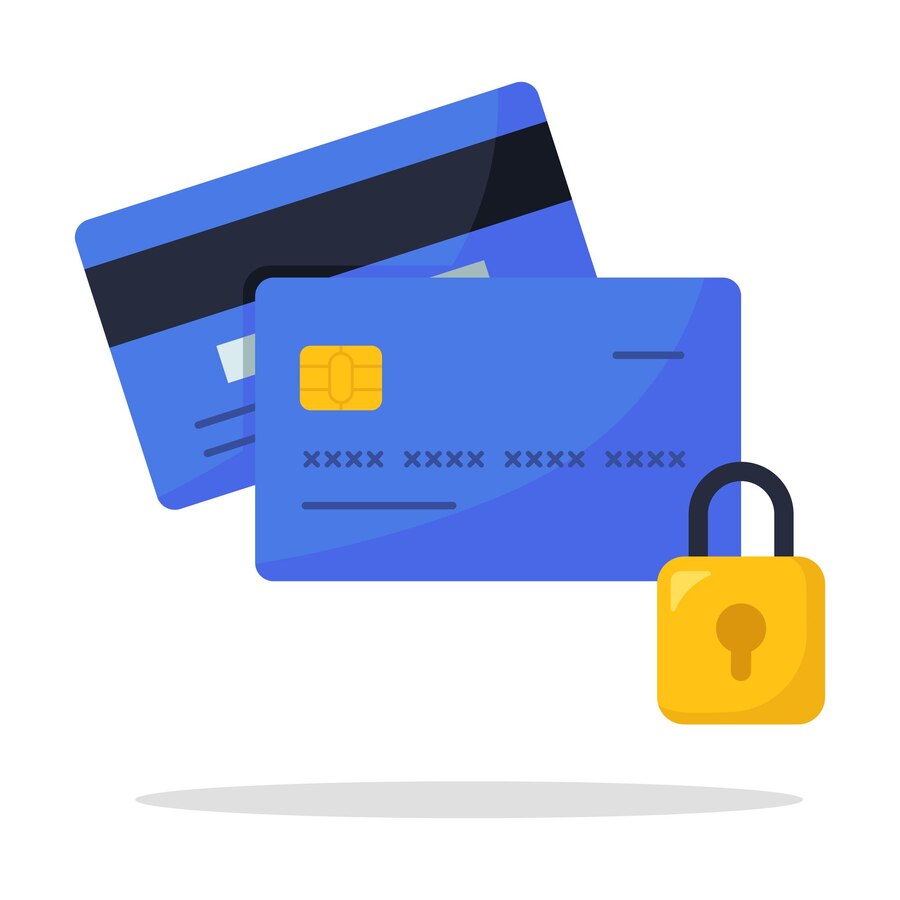
Knowing the main card fraud schemes and following security rules will minimize risks and protect your funds from criminals.



